Cosopt Eye Drops, 5ml
Treatment of glaucoma
Vet Prescription Accepted
Prescription Required
Active ingredients: dorzolamide 20mg/ml & timolol 5mg/ml
- Cosopt eye drops contain two active ingredients: dorzolamide and timolol.
- Cosopt is also available as a generic.
- Treatment for Glaucoma
- Can be used in treatment of Glaucoma in Dog and Cats ( Vet Prescription required )
Original price was: £17.50.£15.49Current price is: £15.49.
CompareCompare- Cosopt eye drops contain two active ingredients: dorzolamide and timolol.
- Cosopt is also available as a generic.
- Treatment for Glaucoma
- Can be used in treatment of Glaucoma in Dog and Cats ( Vet Prescription required )
- Description
- Additional Information
- Brand
- How To Use
- Product Details
- Side Effects
- Ingredients
- Patient Information leaflet
- Reviews (12)
- Questions & Answers (3)
Cosopt Eye Drops, 5ml
If you have been diagnosed with glaucoma, your doctor may have prescribed COSOPT eye drops to help lower the pressure in your eye. COSOPT is a dual action medication, meaning it contains both a beta-blocker and a carbonic anhydrase inhibitor. This unique combination makes COSOPT an effective treatment option when used alone or in conjunction with other eyedrop medications.
When used as directed, COSOPT can help to relieve the symptoms of glaucoma and preserve your vision. The active ingredients in COSOPT work by reducing the production of fluid in the eye and improving the outflow of that fluid. This helps to lower the intraocular pressure (IOP
COSOPT eye drops contain two ingredients: dorzolamide and timolol.
- Dorzolamide belongs to a group of medicines called “carbonic anhydrase inhibitors”.
- Timolol belongs to a group of medicines called “beta-blockers”.
What is Cosopt Eye Drops Used For?
COSOPT eye drops is prescribed to lower raised pressure in the eye in the treatment of glaucoma when beta-blocker eyedrop medicine used alone is not adequate.
Further information on Glaucoma, Click Here
What is Glaucoma?
Glaucoma is a common eye condition where the optic nerve, which connects the eye to the brain, becomes damaged.
It’s usually caused by fluid building up in the front part of the eye, which increases pressure inside the eye.
Glaucoma can lead to loss of vision if it’s not diagnosed and treated early.
It can affect people of all ages, but is most common in adults in their 70s and 80s.
Glaucoma does not usually cause any symptoms to begin with.
It tends to develop slowly over many years and affects the edges of your vision (peripheral vision) first.
For this reason, many people do not realise they have glaucoma, and it’s often only picked up during a routine eye test.
If you do notice any symptoms, they might include blurred vision, or seeing rainbow-coloured circles around bright lights.
Both eyes are usually affected, although it may be worse in 1 eye.
Very occasionally, glaucoma can develop suddenly and cause:
Visit an opticians or a GP if you have any concerns about your vision.
If you have glaucoma, early diagnosis and treatment can help stop your vision getting worse.
Without treatment, glaucoma can eventually lead to blindness.
If you develop symptoms of glaucoma suddenly, go to your nearest eye casualty unit or A&E as soon as possible.
This is a medical emergency that may require immediate treatment.
There are several different types of glaucoma.
The most common is called primary open angle glaucoma. This tends to develop slowly over many years.
It’s caused by the drainage channels in the eye becoming gradually clogged over time.
Other types of glaucoma include:
- acute angle closure glaucoma – an uncommon type caused by the drainage in the eye becoming suddenly blocked, which can raise the pressure inside the eye very quickly
- secondary glaucoma – caused by an underlying eye condition, such as inflammation of the eye (uveitis)
- childhood glaucoma (congenital glaucoma) – a rare type that occurs in very young children, caused by an abnormality of the eye
Glaucoma can occur for a number of reasons.
Most cases are caused by a build-up of pressure in the eye when fluid is unable to drain properly.
This increase in pressure then damages the nerve that connects the eye to the brain (optic nerve).
It’s often unclear why this happens, although certain things can increase the risk, including:
- your age – glaucoma becomes more common as you get older
- your ethnicity – people of African, Caribbean or Asian origin are at a higher risk
- your family history – you’re more likely to develop glaucoma if you have a parent or sibling with the condition
- other medical conditions – such as short-sightedness, long-sightedness and diabetes
It’s not clear whether you can do anything to prevent glaucoma, but having regular eye tests should pick it up as early as possible.
TESTS FOR GLAUCOMA
Glaucoma can usually be detected during a routine eye test at an opticians, often before it causes any noticeable symptoms.
The tests are carried out in the opticians by an optometrist.
You should have a routine eye test at least every 2 years.
Find out if you’re eligible for free NHS eye tests
Several quick and painless tests can be carried out to check for glaucoma, including vision tests and measurements of the pressure inside your eye.
If tests suggest you have glaucoma, you should be referred to a specialist eye doctor (ophthalmologist) to discuss treatment.
It’s not possible to reverse any loss of vision that occurred before glaucoma was diagnosed, but treatment can help stop your vision getting worse.
The treatment recommended for you will depend on the type of glaucoma you have, but the options are:
- eyedrops – to reduce the pressure in your eyes
- laser treatment – to open up the blocked drainage tubes or reduce the production of fluid in your eyes
- surgery – to improve the drainage of fluid
You’ll also probably need regular appointments to monitor your condition and check the treatment is working.
Cosopt Eye Drops Reviews
After using Cosopt Eye Drops, it’s helpful to let others know about your experience. Reviews of an item help other users know that medicines received have helped the condition it is claimed for, how well the treatment worked or any issues to be aware of. We invite our users to leave a review of both their treatment and of the service provided. Click on the reviews tab to see if there has been feedback on this item.
What is the price of Cosopt Eye Drops?
The price of Cosopt Eye Drops is £15.49
Where can you buy Cosopt Eye Drops?
You can buy Cosopt Eye Drops at Dock Pharmacy Essex UK, UK Online Pharmacy.
Can you buy Cosopt Eye Drops Over the counter?
Cosopt Eye Drops is not available to buy over the counter. You need a prescription to buy Cosopt Eye Drops
Dock Pharmacy
128 Dock Road, Tilbury, Essex, RM18 7BJ
Tel: 01375846316
| Brand | |
|---|---|
Brand
Cosopt
How To Use
How to use COSOPT
Always use this medicine exactly as your doctor has told you. Check with your doctor or pharmacist if you are not sure. The appropriate dosage and duration of treatment will be established by your doctor.
The recommended dose is one drop in the affected eye(s) in the morning and in the evening.
If you are using this medicine with another eye drop, the drops should be instilled at least 10 minutes apart.
Do not change the dose of the medicine without consulting your doctor.
Do not allow the tip of the container to touch the eye or areas around the eye. It may become contaminated with bacteria that can cause eye infections leading to serious damage of the eye, even loss of vision. To avoid possible contamination of the container, wash your hands before using this medicine and keep the tip of the container away from contact with any surface. If you think your medication may be contaminated, or if you develop an eye infection, contact your doctor immediately concerning continued use of this container.
Instructions for use
Do not use the container if the plastic safety strip around the neck is missing or broken. When opening the container for the first time, tear off the plastic safety strip.
Every time you use COSOPT:
1. Wash your hands.
2. Open the container. Take special care that the tip of the dropper container does not touch your eye, the skin around your eye or your fingers.
3. Tilt your head backwards and hold the container upside down over the eye.
4. Pull the lower eyelid downwards and look up. Hold and gently squeeze the container on the flattened sides of the container and let one drop fall into the space between the lower eyelid and the eye.
5. Press a finger into the corner of your eye, by the nose, or close your eyelids for 2 minutes. This helps to stop the medicine from getting into the rest of the body.
6. Repeat steps 3 to 5 with the other eye if instructed to do so by your doctor.
7. Put the cap back on and close the container tightly.
If you use more COSOPT than you should
If you put too many drops in your eye or swallow any of the contents of the container, among other effects, you may become light-headed, have difficulty breathing, or feel that your heart rate has slowed. Contact your doctor immediately.
If you forget to use COSOPT
It is important to use this medicine as prescribed by your doctor.
If you miss a dose, use it as soon as possible. However, if it is almost time for the next dose, skip the missed dose and go back to your regular dosing schedule.
Do not use a double dose to make up for the forgotten dose.
If you stop using COSOPT
If you want to stop using this medicine talk to your doctor first.
If you have any further questions on the use of this product, ask your doctor or pharmacist.
Product Details
What you need to know before you use COSOPT
Do not use COSOPT
- if you are allergic to dorzolamide hydrochloride, timolol maleate or any of the other ingredients of this medicine (listed in section 6).
- if you have now or had in the past respiratory problems, such as asthma or severe chronic obstructive bronchitis (severe lung disease which may cause wheeziness, difficulty in breathing and/or long-standing cough).
- if you have a slow heart beat, heart failure or disorders of heart rhythm (irregular heart beats).
- if you have severe kidney disease or problems, or a prior history of kidney stones.
- if you have excess acidity of the blood caused by a build up of chloride in the blood (hyperchloraemic acidosis).
If you are not sure whether you should use this medicine, contact your doctor or pharmacist.
Warnings and precautions
Talk to your doctor before using COSOPT.
Tell your doctor about any medical or eye problems you have now or have had in the past:
- coronary heart disease (symptoms can include chest pain or tightness, breathlessness, or choking), heart failure, low blood pressure.
- disturbances of heart rate such as slow heart beat.
- breathing problems, asthma or chronic obstructive pulmonary disease.
- poor blood circulation disease (such as Raynaud’s disease or Raynaud’s syndrome).
- diabetes as timolol may mask signs and symptoms of low blood sugar.
- overactivity of the thyroid gland as timolol may mask signs and symptoms.
Tell your doctor before you have an operation that you are using COSOPT as timolol may change effects of some medicines used during anaesthesia.
Also tell your doctor about any allergies or allergic reactions including hives, swelling of the face, lips, tongue, and/or throat which may cause difficulty in breathing or swallowing.
Tell your doctor if you have muscle weakness or have been diagnosed as having myasthenia gravis.
If you develop any eye irritation or any new eye problems such as redness of the eye or swelling of the eyelids, contact your doctor immediately.
If you suspect that COSOPT is causing an allergic reaction or hypersensitivity (for example, skin rash, severe skin reaction, or redness and itching of the eye), stop using this medicine and contact your doctor immediately.
Tell your doctor if you develop an eye infection, receive an eye injury, have eye surgery, or develop a reaction including new or worsening symptoms.
When COSOPT is instilled into the eye it may affect the entire body.
If you wear soft contact lenses, you should consult your doctor before using this medicine.
Use in children
There is limited experience with COSOPT in infants and children.
Use in elderly
In studies with COSOPT, the effects of this medicine were similar in both elderly and younger patients.
Use in patients with liver impairment
Tell your doctor about any liver problems you now have or have suffered from in the past.
Other medicines and COSOPT
COSOPT can affect or be affected by other medicines you are using, including other eye drops for the treatment of glaucoma. Tell your doctor if you are using or intend to use medicines to lower blood pressure, heart medicine or medicines to treat diabetes. Tell your doctor or pharmacist if you are using, have recently used or might use any other medicines. This is particularly important if you are:
- taking medicine to lower blood pressure or to treat heart disease (such as calcium channel blockers, beta-blockers or digoxin).
- taking medicines to treat a disturbed or irregular heartbeat such as calcium channel blockers, beta-blockers or digoxin.
- using another eye drop that contains a beta-blocker.
- taking another carbonic anhydrase inhibitor such as acetazolamide.
- taking monoamine oxidase inhibitors (MAOIs) which are used to treat depression.
- taking a parasympathomimetic medicine which may have been prescribed to help you pass urine. Parasympathomimetics are also a particular type of medicine which is sometimes used to help restore normal movements through the bowel.
- taking narcotics such as morphine used to treat moderate to severe pain.
- taking medicines to treat diabetes.
- taking antidepressants known as fluoxetine and paroxetine.
- taking a sulfa medicine.
- taking quinidine (used to treat heart conditions and some types of malaria).
Pregnancy and breast-feeding
Ask your doctor or pharmacist for advice before taking any medicine.
Use in pregnancy
Do not use COSOPT if you are pregnant unless your doctor considers it necessary
Use in breast-feeding
Do not use COSOPT if you are breast-feeding. Timolol may get into your milk. Ask your doctor for advice before taking any medicine during breast-feeding.
Driving and using machines
No studies on the effects on the ability to drive or use machines have been performed. There are side effects associated with COSOPT, such as blurred vision, which may affect your ability to drive and/or operate machinery. Do not drive or operate machinery until you feel well or your vision is clear.
COSOPT contains benzalkonium chloride
If you wear soft contact lenses, you should consult your doctor before using COSOPT (the preservative benzalkonium chloride may possibly discolour the lenses).
Side Effects
Like all medicines, this medicine can cause side effects, although not everybody gets them.
Serious side effects:
If you experience any of the following side effects, stop using this medicine and seek immediate medical advice as these could be signs of a reaction to the medicine.
Generalised allergic reactions including swelling beneath the skin that can occur in areas such as the face and limbs, and can obstruct the airways which may cause difficulty swallowing, shortness of breath, hives or itchy rash, localised and generalised rash, itchiness, severe sudden life-threatening allergic reaction.
You can usually carry on taking the drops, unless the effects are serious. If you’re worried, talk to a doctor or pharmacist. Do not stop using COSOPT without speaking to your doctor.
The frequency of possible side effects listed below is defined using the following convention:
Very common (affects more than 1 user in 10)
Common (affects 1 to 10 users in 100)
Uncommon (affects 1 to 10 users in 1,000)
Rare (affects 1 to 10 users in 10,000)
Not known (frequency cannot be estimated from the available data)
The following side effects have been reported with COSOPT or one of its components either during clinical trials or during post-marketing experience:
Very Common:
Burning and stinging of the eyes, unusual taste.
Common:
Redness in and around the eye(s), watering or itching of the eye(s), corneal erosion (damage to the front layer of the eyeball), swelling and/or irritation in and around the eye(s), feeling of having something in the eye, decreased corneal sensitivity (not realising of getting something in the eye and not feeling pain), eye pain, dry eyes, blurred vision, headache, sinusitis (feeling of tension or fullness in the nose), feeling sick, also called nausea, weakness/tiredness, and fatigue.
Uncommon:
Dizziness, depression, inflammation of the iris, visual disturbances including refractive changes (in some cases due to withdrawal of medication to treat excessive contraction of the pupil of the eye), slow heartbeat, fainting, shortness of breath, indigestion, and kidney stones (often marked by a sudden onset of excruciating, cramping pain in their low back and/or side, groin, or abdomen).
Rare:
Systemic lupus erythematosus (an immune disease which may cause an inflammation of internal organs), tingling or numbness of the hands or feet, trouble sleeping, nightmares, memory loss, an increase in signs and symptoms of myasthenia gravis (muscle disorder), decreased sex drive, stroke, temporary short sightedness which may resolve when treatment is stopped, detachment of the layer below the retina that contains blood vessels following from filtration surgery which may cause visual disturbances, drooping of the eyelids (making the eye stay half closed), double vision, eyelid crusting, swelling of the cornea (with symptoms of visual disturbances), low pressure in the eye, ringing noises in your ear, low blood pressure, changes in the rhythm or speed of the heartbeat, congestive heart failure (heart disease with shortness of breath and swelling of feet and legs due to fluid build up), oedema (fluid build up), cerebral ischaemia (reduced blood supply to the brain), chest pain, forceful heartbeat that may be rapid or irregular (palpitations), heart attack, Raynaud’s phenomenon, swelling or coldness of your hands and feet and reduced circulation in your arms and legs, leg cramps and/or leg pain when walking (claudication), shortness of breath, feeling out of breath, runny or stuffed nose, nose bleed, constriction of the airways in the lungs causing difficulty in breathing, cough, throat irritation, dry mouth, diarrhoea, contact dermatitis, hair loss, skin rash with white silvery coloured appearance (psoriasiform rash), Peyronie’s disease (which may cause a curvature of the penis), allergic type reactions such as rash, hives, itching, in rare cases possible swelling of the lips, eyes and mouth, wheezing, or severe skin reactions (Stevens Johnson syndrome, toxic epidermal necrolysis).
Like other medicines applied into your eyes, timolol is absorbed into the blood. This may cause similar side effects as seen with oral beta-blocking agents. Incidence of side effects after topical ophthalmic administration is lower than when medicines are, for example, taken by mouth or injected.
Listed additional side effects include reactions seen within the class of beta-blockers when used for treating eye conditions:
Not known:
Low blood glucose levels, heart failure, a type of heart rhythm disorder, abdominal pain, vomiting, muscle pain not caused by exercise, sexual dysfunction, hallucination and foreign body sensation in eye (feeling that there is something in your eye).
Reporting of side effects
If you get any side effects, talk to your doctor or pharmacist. This includes any possible side effects not listed in this leaflet. You can also report side effects directly (see details below). By reporting side effects you can help provide more information on the safety of this medicine.
How to store COSOPT
Keep this medicine out of the sight and reach of children.
Do not use this medicine after the expiry date which is stated on the container label and the carton after ‘EXP’. The expiry date refers to the last day of that month.
This medicinal product does not require any special temperature storage conditions. Keep the container in the outer carton in order to protect from light.
You can use COSOPT for 28 days after first opening the container.
Do not throw away any medicines via wastewater or household waste. Ask your pharmacist how to throw away medicines you no longer use. These measures will help protect the environment.
Ingredients
What COSOPT contains
- The active substances are dorzolamide and timolol.
- Each ml contains 20 mg of dorzolamide (as 22.26 mg dorzolamide hydrochloride) and 5 mg of timolol (as 6.83 mg timolol maleate).
- The other ingredients are hydroxyethylcellulose, mannitol, sodium citrate, sodium hydroxide, and water for injections. Benzalkonium chloride is added as a preservative.
Patient Information leaflet
Click here for the Patient Information leaflet
Please read before using the product
Only logged in customers who have purchased this product may leave a review.
Questions and answers of the customers
Other Products From This Seller
- Validated for 2-8°C for 30 to 36 hrs*
- Perfect for long-haul flights
- Carries pens, bottles, vials and syringes
- Manufactured from excellent quality materials
£102.50
- Availability: in stock
- Validated for 2-8°C for 18 to 24hrs*
- Perfect for long haul flights
- Carries pens, bottles, vials and syringes
- Integrated digital thermometer
- Manufactured from excellent quality materials
£69.45
- Availability: in stock
- Validated for 2-8°C for 15 to 20hrs*
- Perfect for long haul flights
- Carries pens, bottles, vials and syringes
- Integrated digital thermometer
- Manufactured from excellent quality materials
£54.50
- Availability: in stock
Steglatro Tablets – Ertugliflozin Tablets available in 2 strengths:
- Steglatro 5mg Tablets – Ertugliflozin 5mg Tablets
- Steglatro 15mg Tablets – Ertugliflozin 15mg Tablets
£49.50
- Availability: in stock
Original price was: £43.20.£39.50Current price is: £39.50.
Ursodeoxycholic Acid Tablets 250mg – Cholurso Tablets, 60 Tablets Introducing Cholurso Tablets the brand name of Ursodeoxycholic Acid Tablets 250mg – Your Solution for Gallstone Management and Liver Health Ursodeoxycholic Acid 250mg Tablets is a cutting-edge pharmaceutical formulation designed to positively influence bile composition, making it a versatile solution for various health concerns. Ursodeoxycholic Acid, […]
Learn MoreOriginal price was: £43.20.£39.50Current price is: £39.50.
- Availability: in stock
£156.00 – £210.00
Please note you need insulin pen needles to use Mounjaro Injection
Mounjaro Injection – Tirzepatide Injection, 4 Pre-filled Pens
Available in 6 strengths:
- Mounjaro 2.5mg Injection
- Mounjaro 5mg Injection
- Mounjaro 7.5mg Injection
- Mounjaro 10mg Injection
- Mounjaro 12.5mg Injection
- Mounjaro 15mg Injection
Learn More
£156.00 – £210.00
- Availability: in stock
Timoptol LA Gel – Timolol Eye Gel is available in 2 strengths
- Timoptol LA 0.5% Gel
- Timoptol LA 0.25% Gel
£7.50
- Availability: in stock
Original price was: £43.50.£39.75Current price is: £39.75.
One-Alpha Drops 2mcg/1ml – Alfacalcidol Drops 2mcg/1ml
Learn MoreOriginal price was: £43.50.£39.75Current price is: £39.75.
- Availability: in stock
Original price was: £5.99.£5.39Current price is: £5.39.
Ideal for irrigating and cleansing the eye, or a wound
Learn MoreOriginal price was: £5.99.£5.39Current price is: £5.39.
- Availability: in stock
Ultimate Surefit Erection Ring Set 15222 – Constrictor Rings For Erectile Dysfunction Experience Confidence and Pleasure with the Ultimate Surefit maintenance ring set – Your Key to Intimate Well-being Introducing the Ultimate Surefit Erection Ring, a premium solution meticulously designed for those seeking to overcome the challenges of erectile dysfunction. Crafted with precision and comfort […]
Learn More£58.50
- Availability: in stock


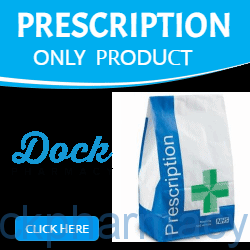
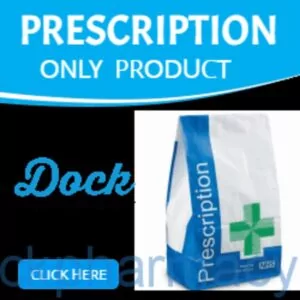




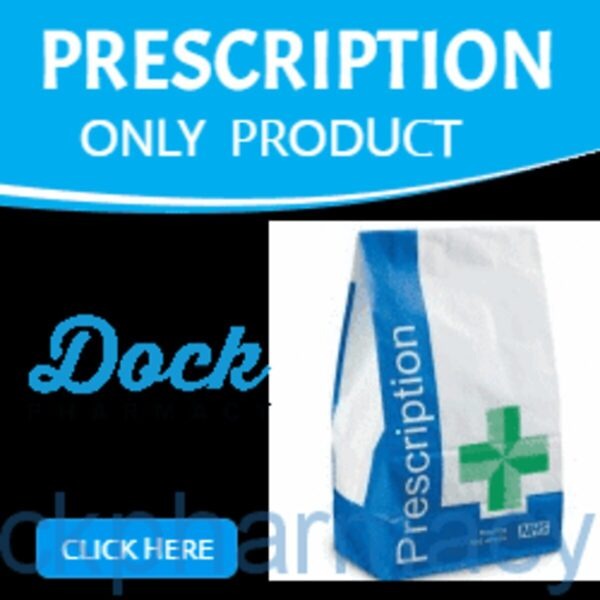
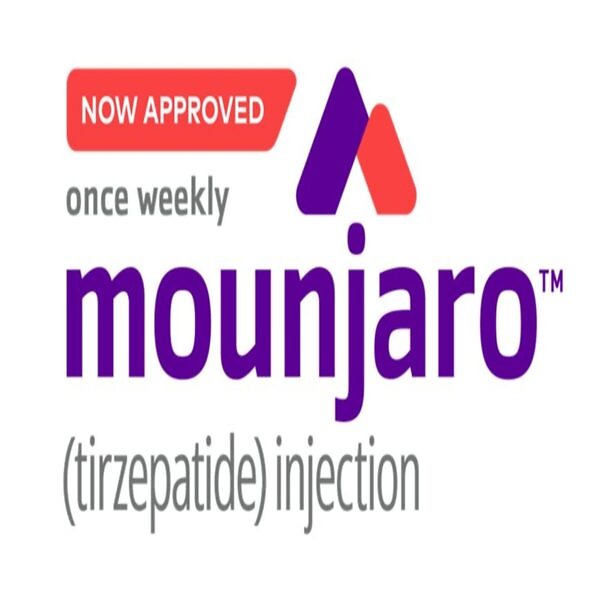
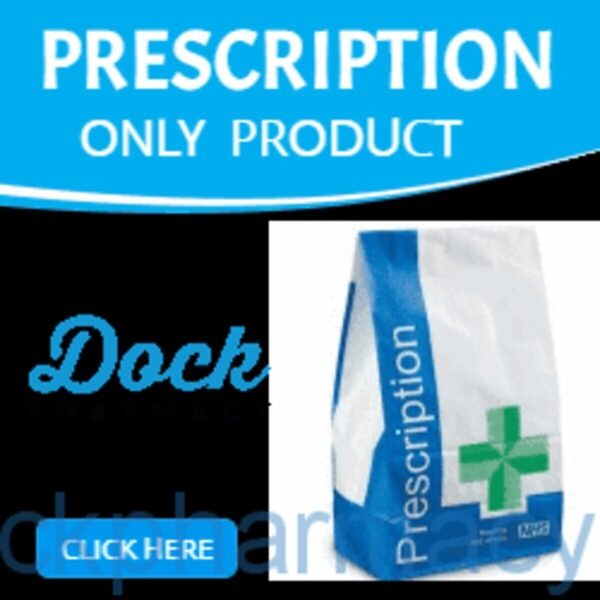
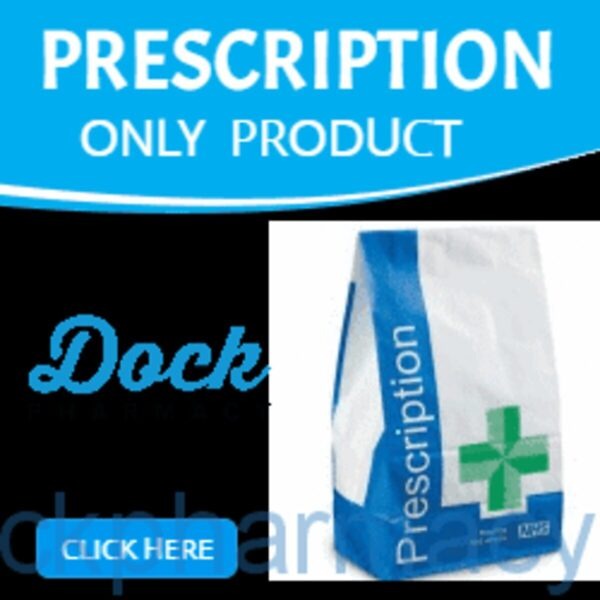
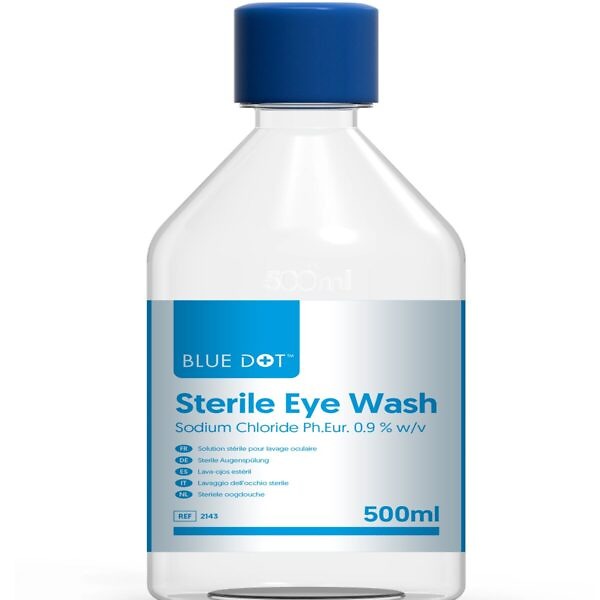
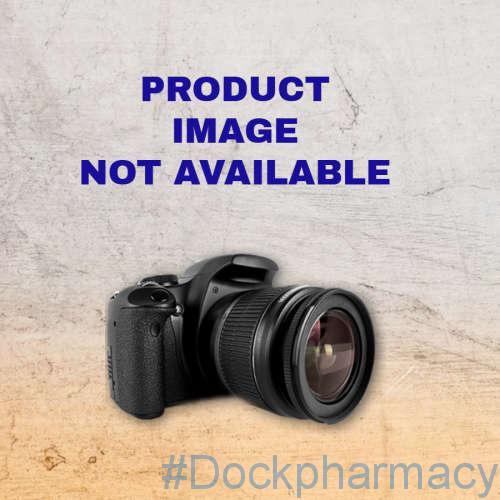
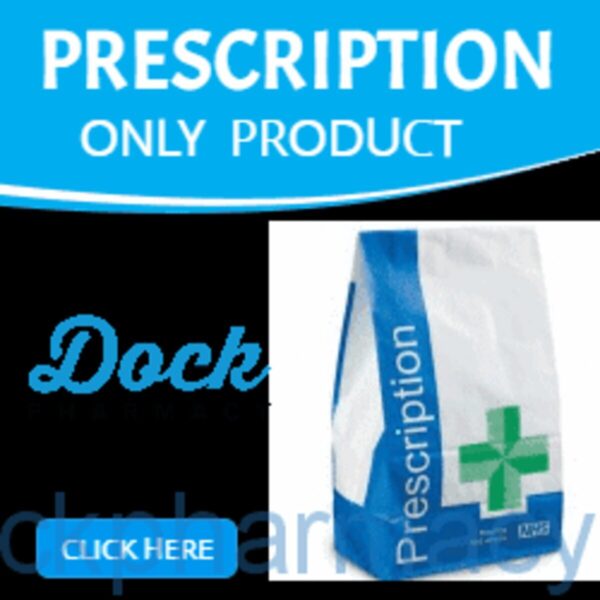
12 reviews for Cosopt Eye Drops, 5ml
Richard S. (verified owner) –
Alexander Hodgson (verified owner) –
Diana (verified owner) –
It’s a prescription item
Anonymous (verified owner) –
As expected.
Julie Cutbush –
Hello Alexander. Thanks so much for your 5-star review! We’re glad to hear about positive experience using Cosopt and we hope to see you soon.
Regards
Julie Cutbush
Manager
Dock Pharmacy
Julie Cutbush –
Hello Diana Thanks so much for your 5-star review! we hope to see you soon.
Regards
Julie Cutbush
Manager
Dock Pharmacy
Julie Cutbush –
Hello Jenna. Thanks so much for your 5-star review! We’re glad to hear about positive experience using COSOPT and we hope to see you soon.
Regards
Julie Cutbush
Manager
Dock Pharmacy
Mohammed Almishan (verified owner) –
Julie Cutbush –
Hello Mohammed. Thanks so much for your 5-star review! We’re glad to hear about positive experience using Cosopt and we hope to see you soon.
Regards
Julie Cutbush
Manager
Dock Pharmacy
Richard (verified owner) –
A third the price compared to my vet
Julie Cutbush –
Hello Richard. Thanks so much for your 5-star review! We’re glad to hear about positive experience using Cosopt and we hope to see you soon.
Regards
Julie Cutbush
Nigel Burnand (verified owner) –
A very good price compared to what the vets charge.
Ian Wardrop (verified owner) –
Much cheaper than from the vet!
Ian Wardrop (verified owner) –
Product is for dog, so cannot really rate it.
Chris B. (verified owner) –
Good price. very quick
Jumoke Odebiyi –
Dear Chris, we are thrilled you had a great time with us.
Julie Cutbush –
Dear Ian, thank you for your positive feedback.
Sharon Waters (verified owner) –
I have to use the eye drops on my dog as she has glaucoma. They seem to be working well
Jumoke Odebiyi –
Dear Sharon, thank you for this review. We are grateful to hear this and hope your dog is doing very well.
Roger (verified owner) –
Jumoke Odebiyi –
Dear Roger, we appreciate your 5 star review.